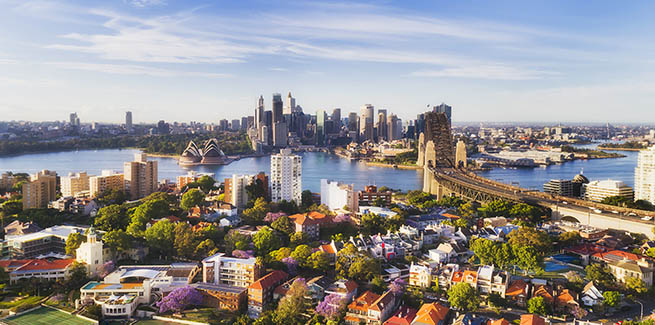The major bank’s chief economist made the observation in the latest Westpac-Melbourne Institute Index of Consumer Sentiment, which found that the “time to buy a dwelling” index slipped a further 3.6 per cent, the fourth consecutive fall to be down 11.9 per cent from the peak in November.
Mr Evans said he has found that this index has been closely linked to affordability in the past, while the decline could suggest rising house prices are already beginning to curtail buyer interest.
He added that there could be some easing in the recent surge in demand from owner-occupiers, particularly first home buyers (FHB) who he said are more sensitive to affordability.
Commenting on this trend, Mr Evans said: “While optimism around house prices is surging, respondents are becoming more hesitant around the attractiveness of buying and remain wary about real estate as an investment option.”
On the other hand, the Westpac-Melbourne Institute House Price Expectations Index – which Mr Evans said is a better lead indicator of the confidence of investors, who have been overshadowed by owner-occupiers in the current housing boom – rose a further 3.1 per cent in March to a new seven-year high.
The index is 12.5 per cent above its pre-pandemic level, according to the Westpac index.
House price expectations are particularly strong in NSW (up 6.4 per cent to 161.6), Queensland (up 5.7 per cent to 162.4) and Western Australia (up 4.6 per cent to 161.8), while in Victoria expectations eased, with the state index reducing by 2.1 per cent to 154.2, and still 4 per cent below its pre-pandemic level, according to the index.
In contrast, the index showed that expectations across all the other aforementioned states are above their pre-pandemic levels, with NSW at 4.5 per cent, Queensland at 12.3 per cent, and Western Australia at 19.3 per cent.
“That said, price expectations in Victoria may still be playing catch-up as the state economy continues to reopen,” Mr Evans said about the figures.
Mr Evans noted that markets and some commentators have been warning against “damaging” house bubbles, with the survey pointing to rising house prices although investors have still remained cautious.
“Owner-occupiers, including first home buyers, may already be becoming deterred by the associated deterioration in affordability,” Mr Evans said.
“Indeed, it seems very likely that investors will soon become a much bigger factor in the market.”
Mr Evans noted the monetary policy statement of Reserve Bank of Australia governor Philip Lowe following the central bank’s March board meeting, where he said “investor and business credit growth remain weak”.
Commenting on this trend, Mr Evans said that market overheating (which is usually linked to investor activity) still has not occurred, but cautioned that it would be useful to monitor the survey for any signs of what he called “excessive exuberance” around real estate.
He concluded: “We can be confident that if the bank does become concerned about overheating, the likely policy response will be to impose regulations on bank lending rather than to increase interest rates.”
[Related: High-end properties lead house price surge]
 ;
;
